The manufacturing industry is undergoing a significant transformation, driven by advances in artificial intelligence (AI) technologies. From automated production lines to predictive maintenance, AI tools are revolutionising the way manufacturers operate, enabling them to become more efficient, agile, and cost-effective. In 2024-2025, the adoption of AI in manufacturing is expected to accelerate, offering businesses enhanced productivity, reduced operational costs, and the ability to innovate at a faster pace.
This article delves into the future of AI tools in manufacturing, exploring how they are reshaping the industry and what businesses can expect in the coming years.
How AI is Transforming Manufacturing
AI-powered tools are already making an impact across various aspects of the manufacturing process. These tools bring unparalleled levels of automation, data analysis, and decision-making capabilities, allowing manufacturers to optimise their operations in real time. Below are some of the most significant ways AI is transforming the manufacturing sector:
1. Predictive Maintenance and Reduced Downtime
One of the most impactful applications of AI in manufacturing is predictive maintenance. By analysing data from machinery, AI algorithms can predict when a machine is likely to fail or require maintenance, helping businesses avoid costly downtime. Predictive maintenance not only reduces repair costs but also extends the lifespan of equipment by identifying potential issues before they become serious.
- Example: IBM Maximo is a leading AI-driven platform for asset management and predictive maintenance, allowing manufacturers to monitor equipment health and prevent unexpected breakdowns.
2. Automated Production and Robotics
AI tools are enhancing automation on factory floors through the integration of robotics and machine learning. AI-powered robots can perform complex tasks with precision, adapt to changes in production requirements, and work alongside human operators safely. This level of automation reduces labour costs, improves production speed, and ensures consistent quality in manufacturing processes.
- Example: Fanuc offers AI-integrated robotic systems that are widely used in industries ranging from automotive to electronics, helping manufacturers optimise their production lines.
3. Quality Control and Inspection
AI tools are also revolutionising quality control by using advanced computer vision and machine learning algorithms to inspect products in real-time. These systems can identify defects that are difficult for human inspectors to detect, improving overall product quality and reducing waste.
- Example: Cognex uses AI-powered vision systems to ensure high levels of accuracy in detecting product defects and improving quality control during production.
The Benefits of AI in Manufacturing
The integration of AI tools into manufacturing offers several benefits that can help businesses stay competitive in a global market. Here are some key advantages of adopting AI in manufacturing:
1. Improved Efficiency and Productivity
AI tools automate routine tasks, optimise workflows, and ensure that production processes run smoothly. By minimising human error and increasing operational efficiency, manufacturers can produce more in less time, leading to higher productivity and profitability.
2. Cost Savings
AI-driven automation reduces labour costs, minimises material waste, and helps manufacturers use resources more efficiently. Predictive maintenance further contributes to cost savings by preventing expensive equipment failures and downtime.
3. Enhanced Decision-Making
AI provides manufacturers with data-driven insights that can guide strategic decision-making. From optimising production schedules to adjusting supply chain strategies based on demand forecasts, AI helps businesses make better-informed decisions, leading to improved outcomes.
4. Customisation and Flexibility
AI tools offer manufacturers the flexibility to customise products according to customer demands. With AI-powered systems, manufacturers can adapt production lines more easily to accommodate small batch orders, enabling mass customisation without sacrificing efficiency.
AI in Supply Chain Optimisation
The future of manufacturing will also be shaped by AI’s role in supply chain management. AI tools can analyse vast amounts of data to optimise inventory levels, forecast demand, and ensure timely delivery of raw materials. This helps manufacturers avoid supply chain disruptions and reduce inventory carrying costs. There are various AI tools that helps to enhance supply chain efficiency and being used widely.
1. AI for Demand Forecasting
Accurately predicting demand is crucial for effective supply chain management. AI tools can analyse historical sales data, market trends, and external factors to forecast demand with greater precision, helping manufacturers adjust production levels and reduce waste.
- Example: Blue Yonder offers AI-powered supply chain solutions that use predictive analytics to optimise inventory levels and improve demand forecasting.
2. Supply Chain Visibility
AI-powered platforms provide manufacturers with end-to-end visibility into their supply chains. This transparency allows businesses to track shipments, monitor supplier performance, and identify potential bottlenecks in real-time.
- Example: ClearMetal uses AI to offer real-time supply chain visibility, helping manufacturers optimise their logistics and reduce inefficiencies.
AI and Human Collaboration in Manufacturing
As AI becomes more prevalent in manufacturing, it’s important to note that AI is not replacing human workers, but rather augmenting their capabilities. AI-powered tools can handle repetitive tasks and complex calculations, allowing human workers to focus on creative problem-solving and innovation.
1. AI-Assisted Design and Prototyping
AI tools can assist human designers in the product development phase by suggesting design improvements, testing prototypes in virtual environments, and optimising product performance. This collaboration between AI and human designers leads to faster innovation and improved product quality.
- Example: Autodesk Generative Design uses AI to help engineers and designers create optimised product designs, reducing time-to-market.
2. Collaborative Robotics (Cobots)
Collaborative robots, or cobots, are AI-powered machines designed to work alongside humans on the production floor. Cobots can take over repetitive tasks, reducing the physical strain on human workers and allowing them to focus on more complex responsibilities.
- Example: Universal Robots provides cobots that are used in manufacturing to improve safety, productivity, and collaboration between humans and machines.
The Future of AI in Manufacturing (2024-2025)
Looking ahead, the future of AI in manufacturing is set to bring even more advancements. By 2024-2025, AI-powered tools will become more sophisticated, enabling manufacturers to:
1. Adopt Fully Autonomous Production Lines
As AI technologies advance, the goal of fully autonomous production lines is becoming more realistic. AI tools will enable factories to run with minimal human intervention, using machine learning algorithms to optimise production schedules, manage resources, and handle quality control.
2. Leverage AI for Sustainability
Sustainability is becoming a priority for manufacturers, and AI tools will play a critical role in achieving eco-friendly goals. AI can help reduce energy consumption, minimise waste, and track the carbon footprint of products, ensuring that manufacturing processes are both efficient and sustainable.
3. Enhance Worker Safety
AI-powered sensors and monitoring systems will improve worker safety by detecting potential hazards in real time. These systems can alert workers to unsafe conditions and provide guidance on corrective actions, helping to reduce workplace accidents.
Why Businesses Should Invest in AI-Powered Manufacturing Tools
Businesses should start investing in AI powered solutions to stay ahead of the competition. The future of manufacturing lies in AI-powered solutions, and businesses that invest in these technologies stand to gain significant competitive advantages. AI tools offer increased efficiency, cost savings, and improved product quality, all of which are essential for success in the fast-paced manufacturing industry. By adopting AI, manufacturers can future-proof their operations and meet the demands of a rapidly changing market.
If your business is looking to implement AI tools for manufacturing, book a consultation to explore the best solutions tailored to your needs.
AI’s Transformative Role in Manufacturing
AI is set to reshape the manufacturing landscape in 2024-2025 and beyond. From automated production to predictive maintenance, the future of manufacturing will be defined by AI’s ability to enhance efficiency, reduce costs, and drive innovation. Businesses that embrace these AI-driven advancements will be well-positioned to lead the industry into the future.
For those looking to pursue careers in AI-driven manufacturing, explore career opportunities in this cutting-edge field and be part of the next industrial revolution.


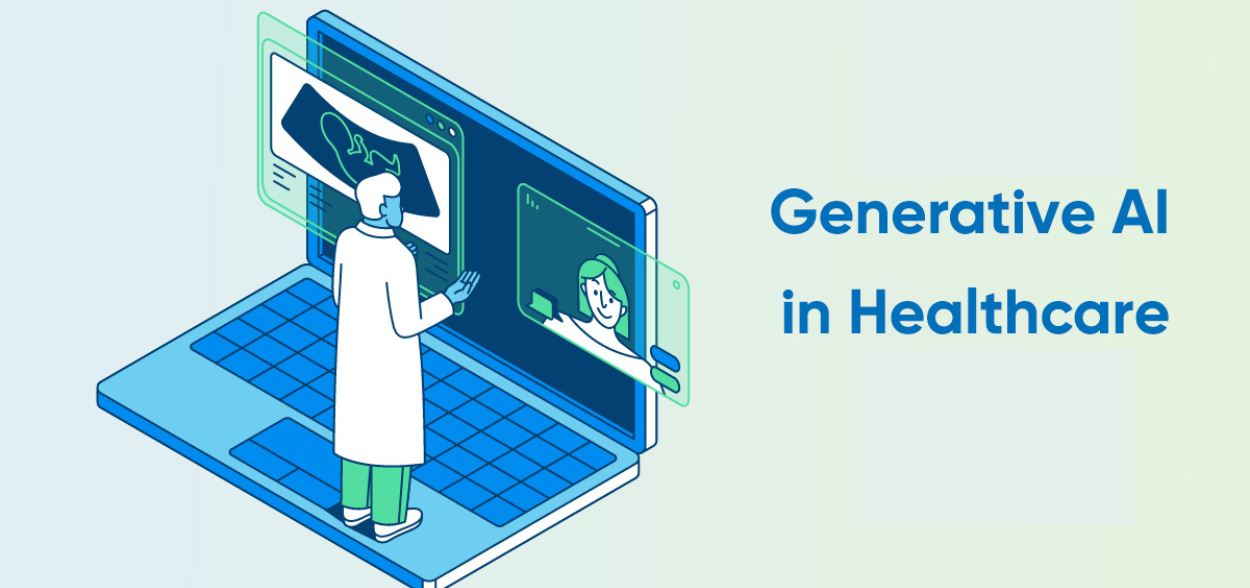
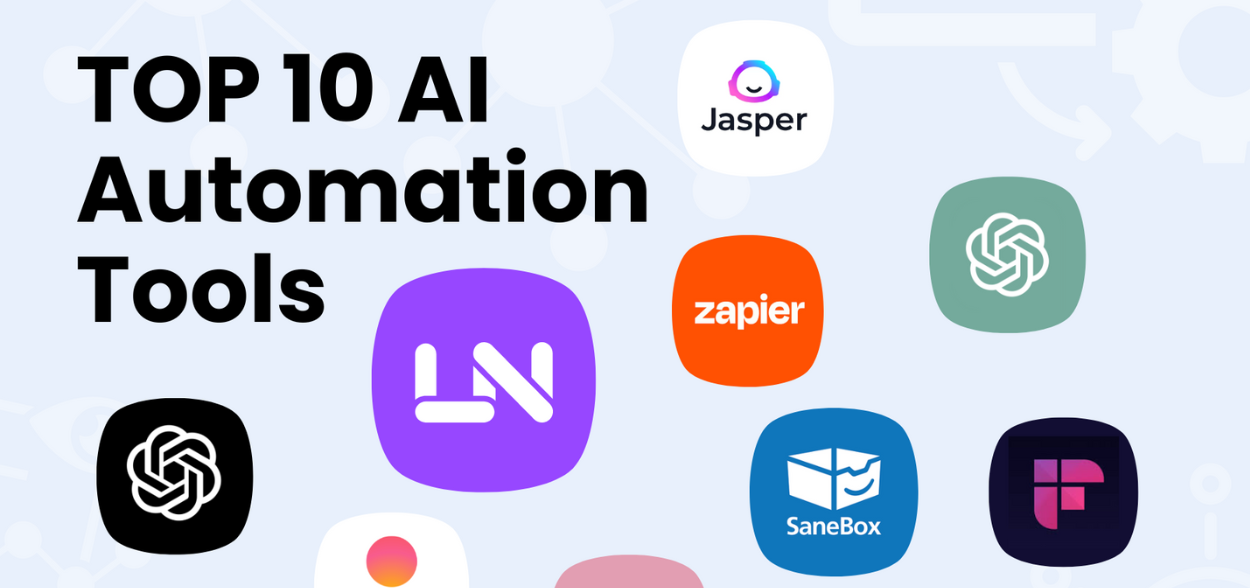


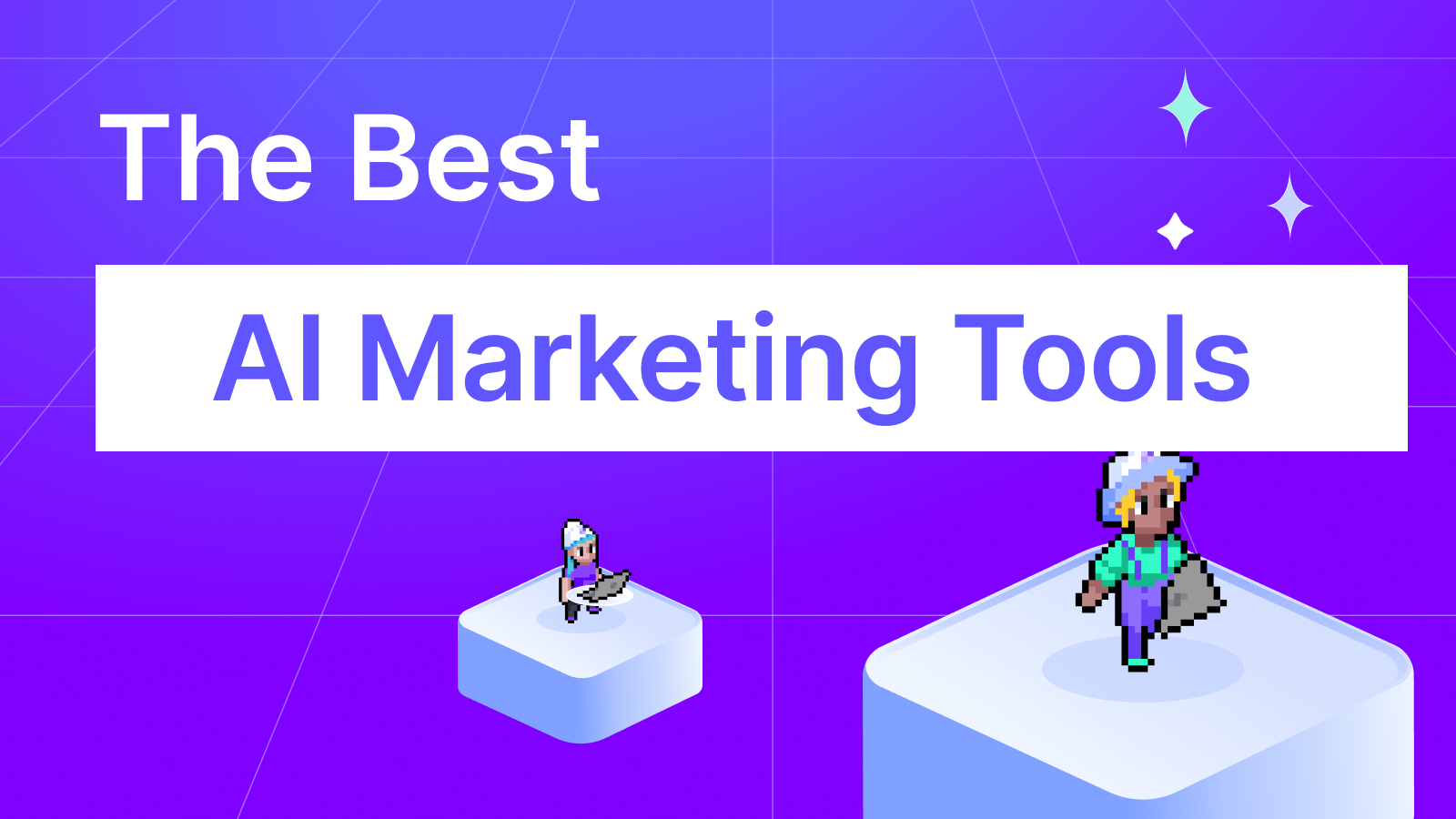

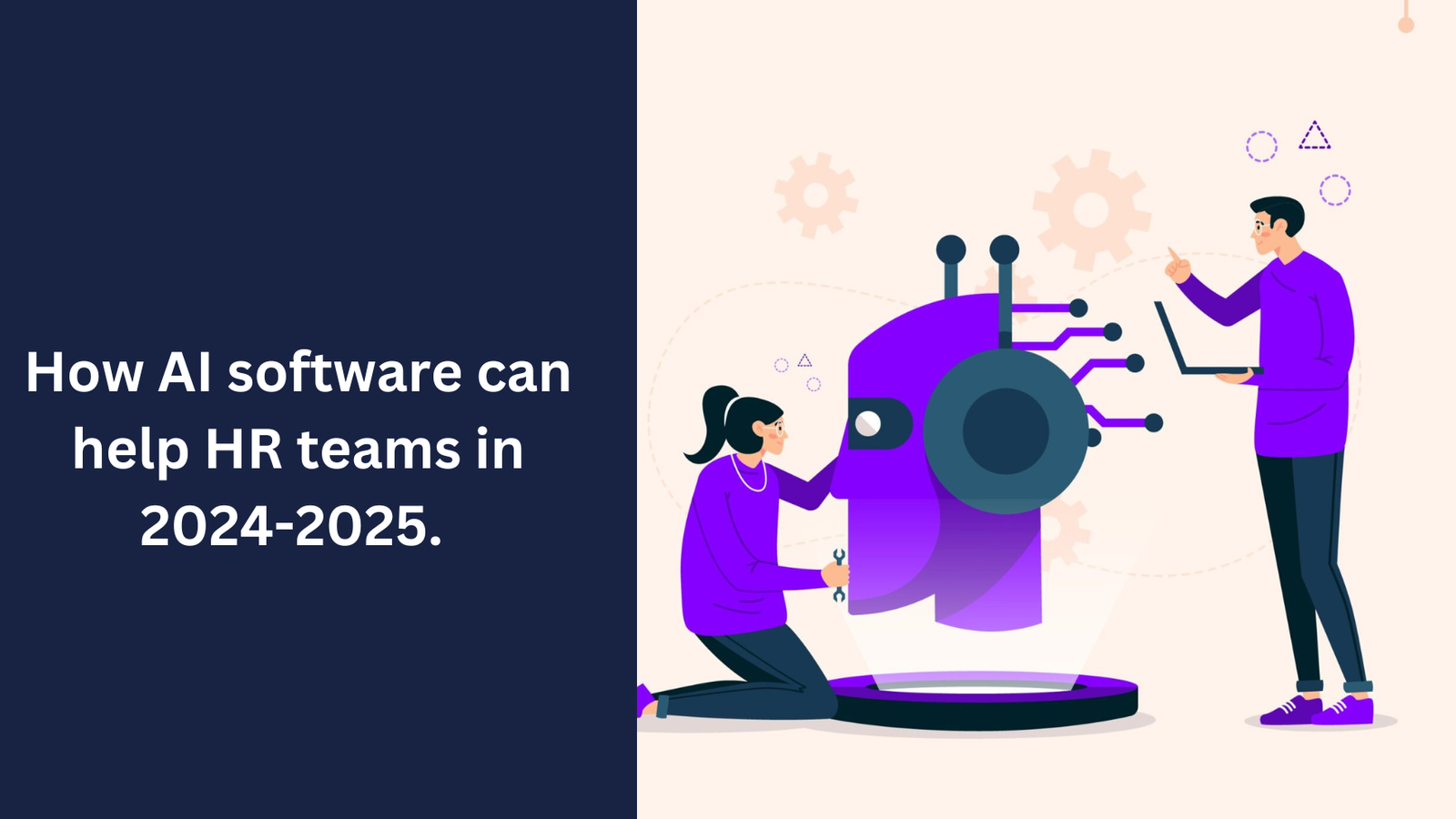


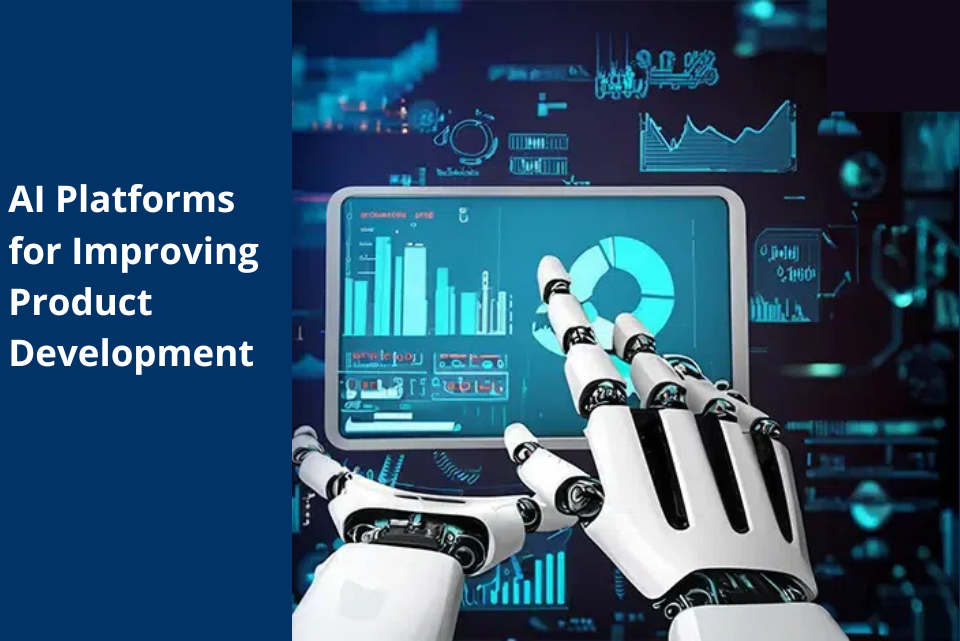
Pingback: AI Tools to Enhance Supply Chain Efficiency in 2024-2025
Pingback: Top AI Tools and Platforms for Businesses in 2024-2025